Gary Bettman's concussion lawsuit deposition should be made public
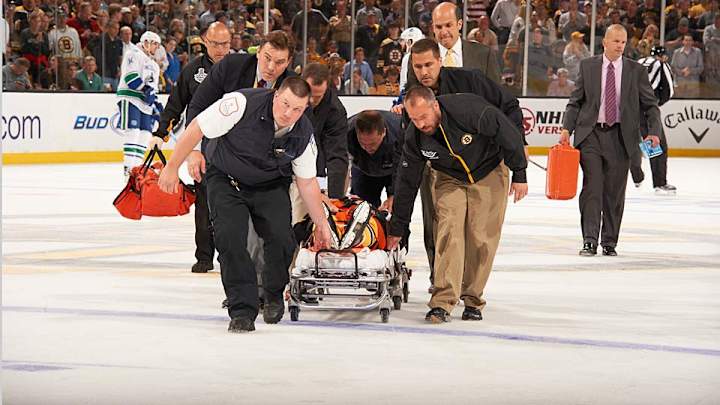
It’s potentially the most significant hockey story of the year. And we might never hear a word about it.
NHL commissioner Gary Bettman is scheduled to be deposed on Friday by lawyers representing a group of players who are suing the league over the concussions they suffered during their playing days. But what he reveals today will be sealed, at least until/if presiding judge Susan Nelson decides to make it public.
Lawyers representing the players—a group that includes former stars Bernie Nicholls and Reed Larson, along with such short-timers as Brad Aitken and Darren Banks—allege that “the NHL engaged in a decades-long plan to conceal from the players the risks of concussions and developing serious brain diseases from playing hockey in the NHL.” They’ll be looking to pin Bettman down about what the league knew about the effects of brain injuries and, more importantly, when it knew about them. The lawyers will also try to ascertain what measures the league did or did not take to protect the players.
It will be a significant bit of testimony, but it’s unlikely to provide a gotcha moment for the players, let alone a smoking gun.
This is, after all, Bettman’s natural environment. The Cornell Law School grad served as general counsel for the NBA before being hired for the NHL’s top job in 1993. He’s not just an astute legal mind. He’s one of the sharpest people around. Whatever he says today will be exactly what he wants to say.
And it’s crystal clear where Bettman stands. He’s spoiling for a fight.
When asked by reporters during the playoffs about the link between repeated head trauma and chronic traumatic encephalopathy (CTE), the commissioner took a stand. “From a medical science standpoint, there is no evidence yet that one necessarily leads to the other,” he said. “I know there are a lot of theories, but if you ask people who study it, they tell you there is no statistical correlation that can definitively make that conclusion.”
SI Vault: Chris Pronger has a headache
No telling who the commissioner has been talking to, but there is another side to the argument. A study released by the National Institutes of Health says that it has been known since the 1920s that “repetitive brain trauma associated with boxing may produce a progressive neurological deterioration [now known as] CTE.” Add a pair of skates and a variety of ways of introducing that trauma—high-speed collisions with the boards, the ice, sticks, elbows and bare knuckles—and hockey certainly puts players at risk of serious and debilitating damage.
So to hear Bettman’s response to questions about head trauma is something every player and fan deserves. Of course, there’s no telling if, or how, those questions will be asked. The deposition process can be highly contentious, with the phrasing of queries batted back and forth between opposing attorneys before the person being deposed actually has to provide an answer. It could be a long day for all parties involved.
And while he’s arguably the most significant party to the process, Bettman is hardly the only one on the grill. There are still many more individuals to be heard from, ranging from team officials to medical professionals. And it’s yet to be determined if the lawsuit will be certified as a class action, meaning that it would represent all retired players whether they are signatories to the suit or not. Best case scenario: the case finally comes to trial some time next year.
In the meantime, though, here’s hoping that the judge will recognize the public interest in Bettman’s deposition here and unseals it sooner rather than later. Ultimately this isn’t just about the damage suffered by a bunch of old pros. The case will have implications that reach down to the grassroots of the game. And if, by chance, the commissioner reveals something that could impact a parent’s decision to let their child play this season, that information belongs in the public discourse.
And even if Bettman just does what he does so well, we’ll all still love to watch him dance.
Hot links
Old NHL logos that deserve a comeback
Great NHL Logos of the Past
California Seals (1967-68) | Minnesota North Stars (1985-91)
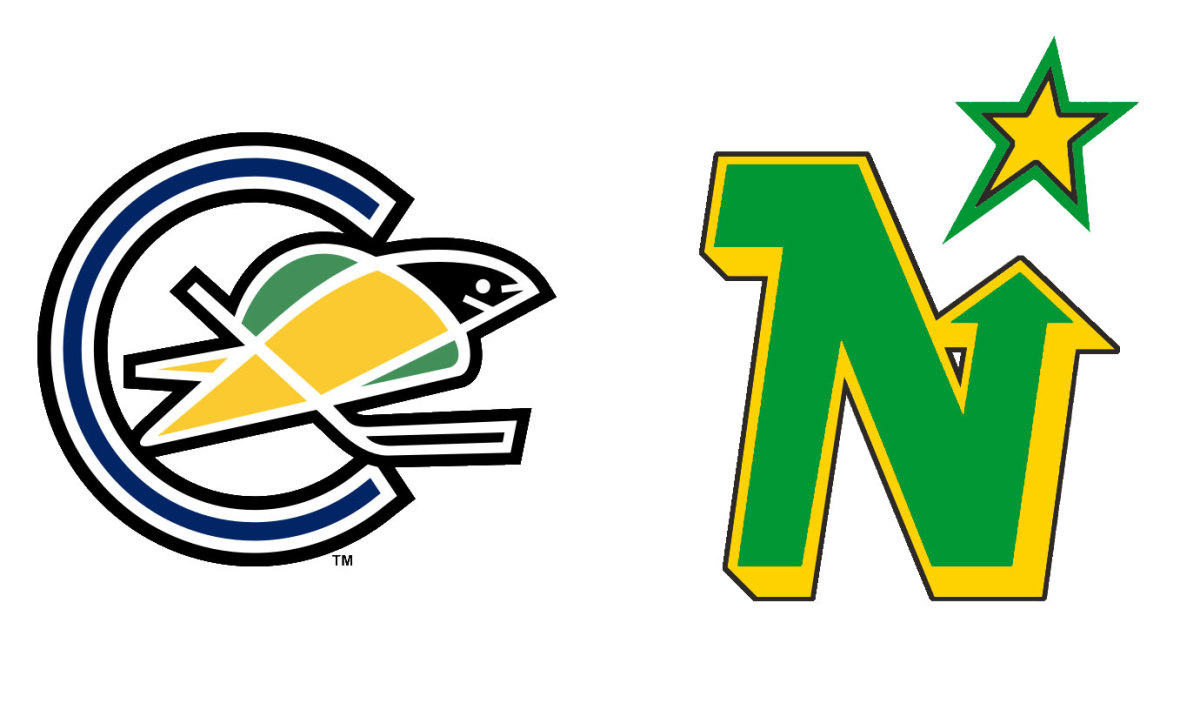
A fan at the American Airlines Center religiously wears a Seals sweater to every Dallas Stars home game. He understands the roots of the franchise go back to the 1967 expansion when the North Stars and Seals entered the NHL. That Seals underwent name changes before their brief stop in Cleveland and merger with the North Stars in '78. It would have been ideal to see the Stars honor their Minnesota roots during their 20th anniversary celebrations in Dallas, but it's not too late to bring this beauty back as a third or perhaps at an outdoor game against the Wild. They should honor their California roots, too.
Chicago Black Hawks (1926-27)
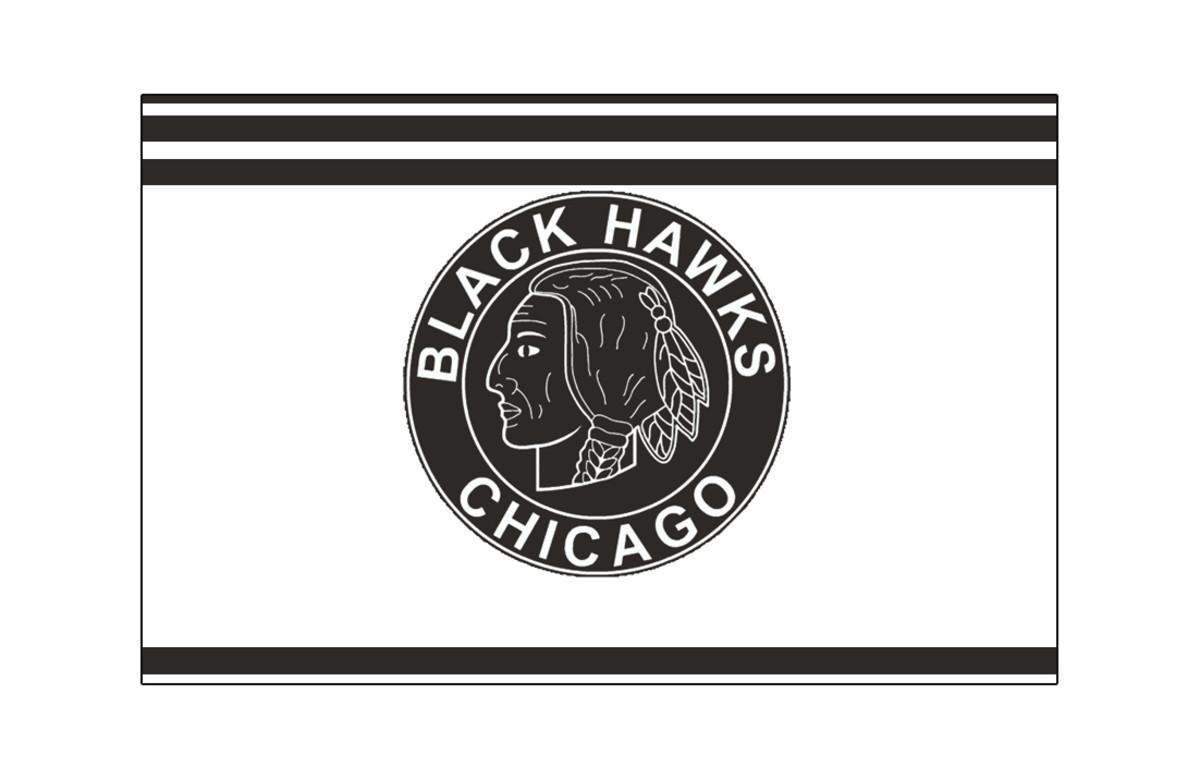
When you have the best uniform in hockey—maybe in all of sports—there's no need to mess with the status quo. Still, it's a good bet the Hawks will either host, or be the invited guest, for another outdoor game before long. And when that happens, they should go all the way back to their very first logo. The stark two-tone look, especially when displayed on a black-and-white sweater, makes for a dramatic shift from the vibrant modern version. And that's what makes it so powerful.
Hartford Whalers (1979-92)

The whale tail HW logo is one of the most clever ever designed for an NHL team, and it's one that, judging by memorabilia sales, has stood the test of time. The Hurricanes need to work this up, even as a one-night special, to honor the New England heritage of the franchise. Have to think GM Ron Francis would be on board, right?
Kansas City Scouts (1974-76) | Colorado Rockies (1976-82)
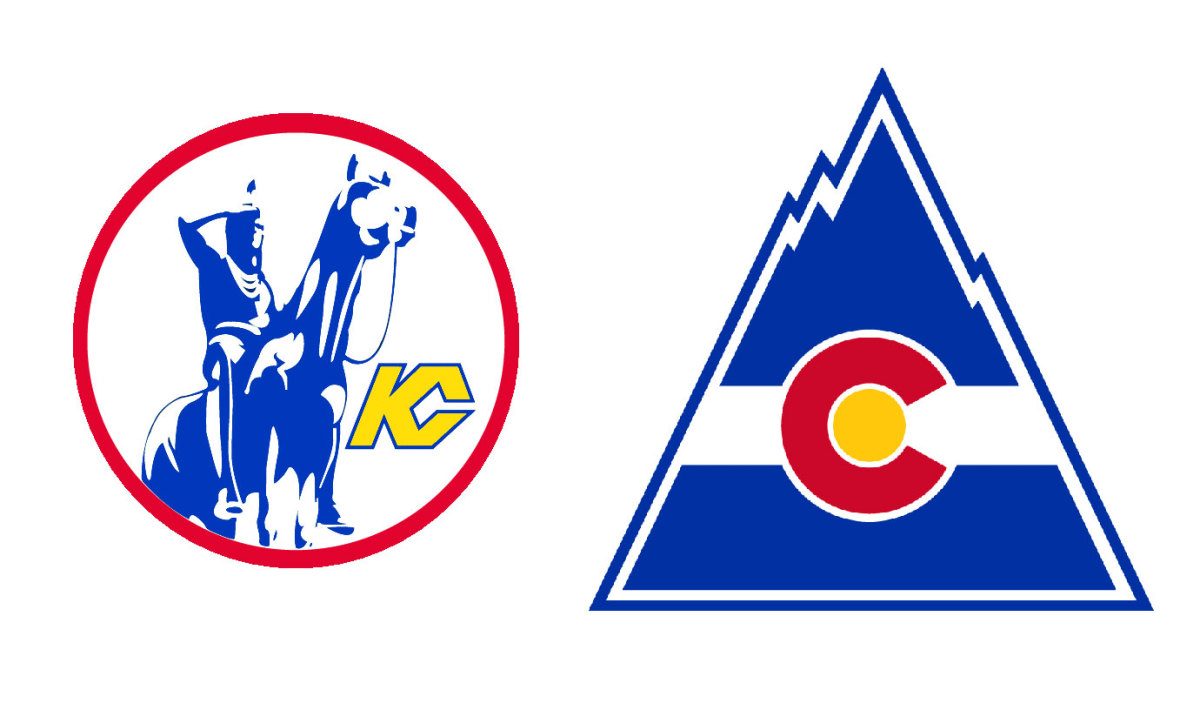
If we learned anything from rapper Swoop G, it's this: Don't forget where you came from. The Devils began life as the Kansas City Scouts in 1974, then became the Rockies from 1976-82 before arriving in New Jersey. They've left their logo virtually unchanged since then and, to be honest, it's getting a little bit stale. Not that it's going to change any time soon, but a one-game tribute to the organization's roots might make for a nice change of pace.
Los Angeles Kings (1995-96)

In a lot of ways, this was an absolute disaster from the moment it debuted on Jan. 27, 1996. The sublimation, the relegation of the logo to the left breast, the purple freakin' hair/beard combo. Still, it's fondly regarded by a sizable number of Kings fans and might actually make for a decent look with a few minor alterations. Sew it on. Enlarge it and move it to the middle. And for the love of Gretzky, give it some hair that's suited for a hockey player, not a YouTube makeup expert. Do that, and they might actually have something here.
Montreal Canadiens (1911-12)
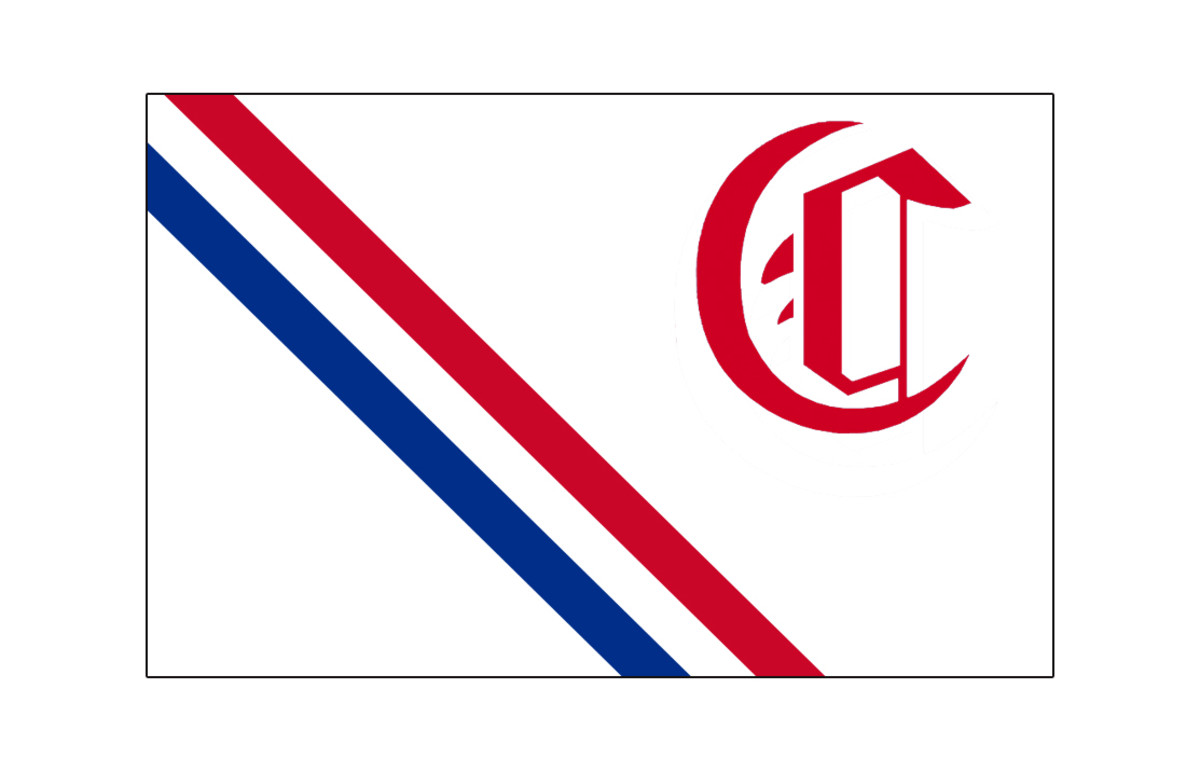
The Habs trotted out many of their quirky early looks during their 100th anniversary season, but this one with the red and blue sash and calligraphic C displayed over the left breast didn't make the cut. It's a one-year-only curiosity but so strikingly unique that it deserves another look, even if only for a one-off event like a Winter Classic.
Montreal Canadiens (1924-25)
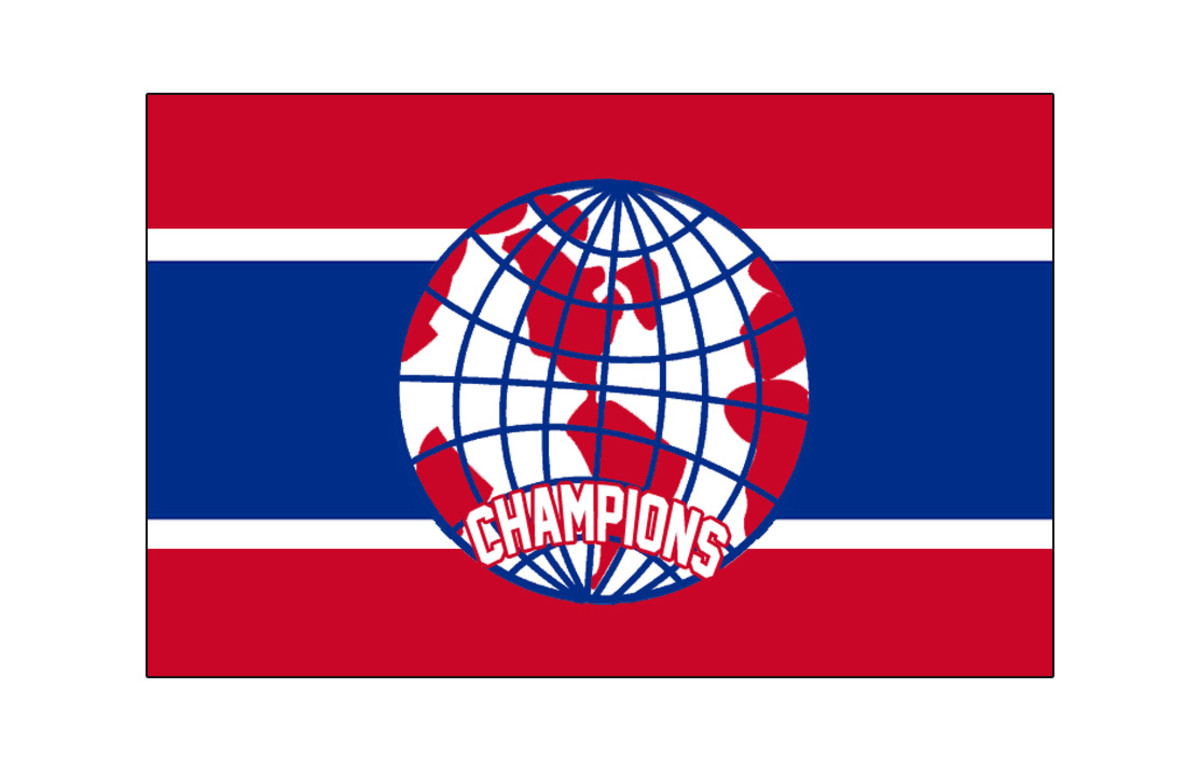
This logo is so cocky that you have to love it. Imagine wearing this target on your chest all season. The Habs might not be able to use it again for awhile (unless Carey Price starts scoring, too), but theres no reason why it couldn't be passed along so that a reigning champ could don it, even if only for the banner-raising at the season opener.
Quebec Nordiques (1985-95)
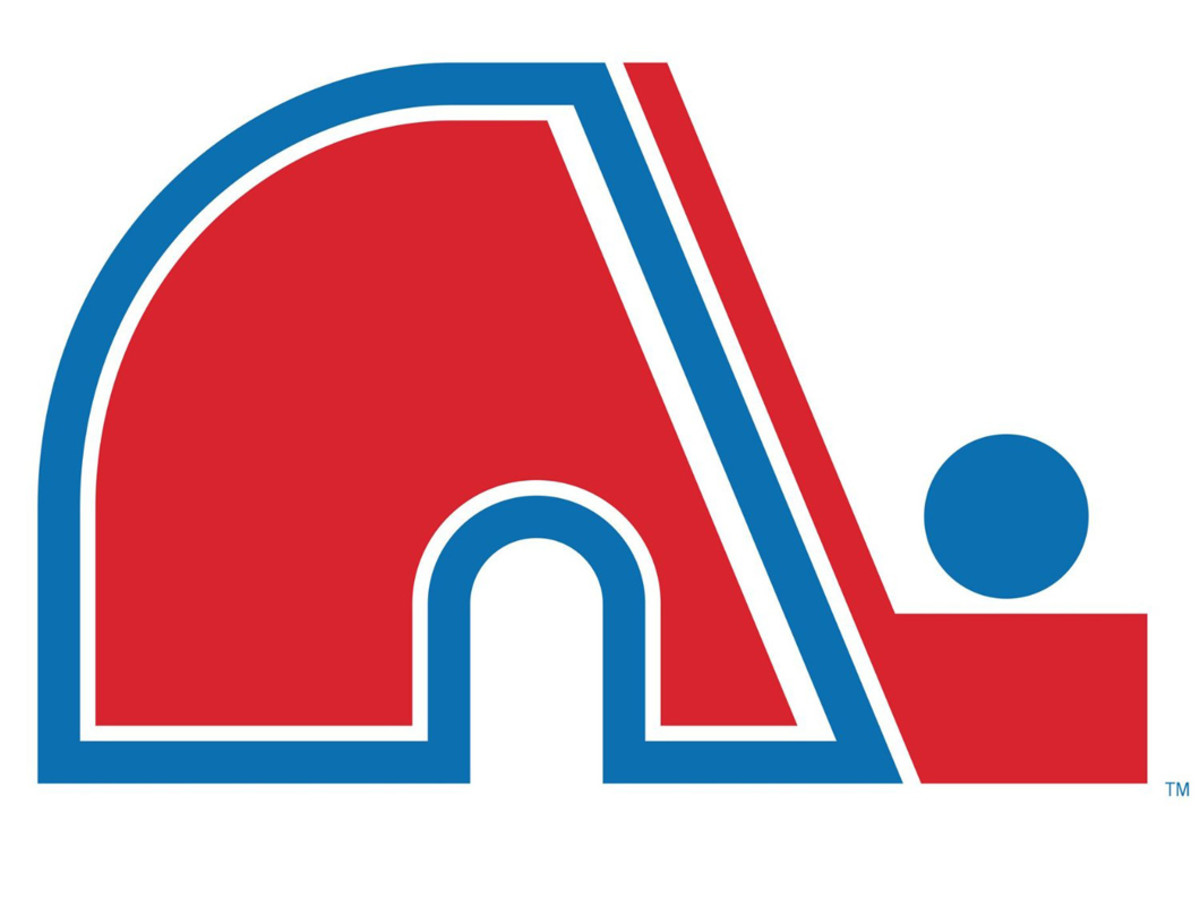
Much like the Winnipeg Jets, the Nordiques would be wise to pursue a fresh, modern logo if/when they return to the NHL via expansion. But that doesn't mean this classic (albeit confusing) original design needs to stay in mothballs. Either the first Nords (now the Colorado Avalanche) need to bust it out again—Joe Sakic, Peter Forsberg and Adam Foote wore it for warmups during a 2002 preseason game at Le Colisee—or the new Nords need to acquire the rights in order to mix it in as a third.
Toronto Maple Leafs (1926-27)
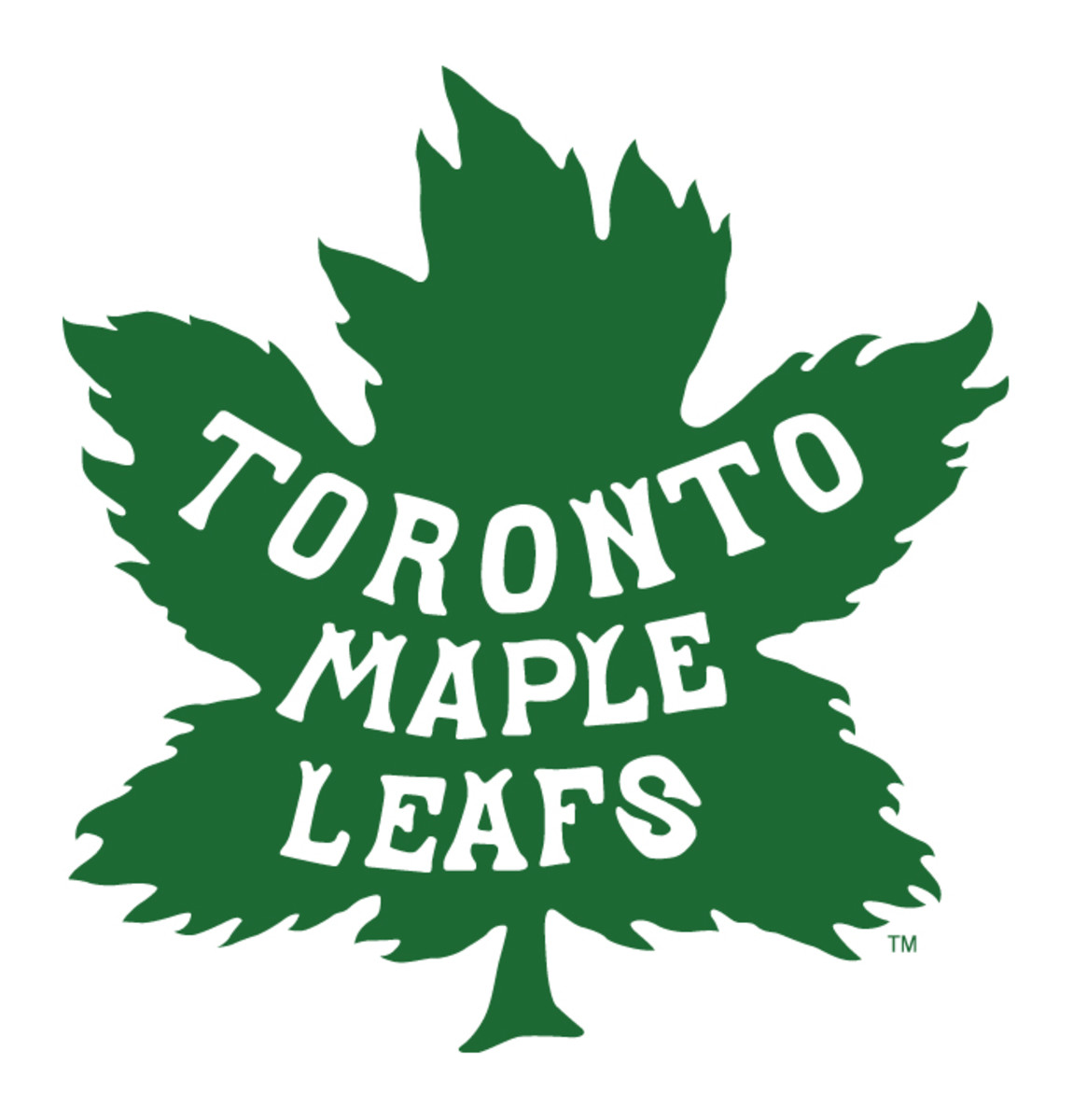
Time to drop some science: leaves, especially those from the mighty maple, are not blue. They are, in fact, green. So Toronto's original color scheme is not only striking, but it's more true to nature. Even if it was worn only for half a season, it deserves a second look for a special event or anniversary.
• A video coach breaks down tape of the players who are most effective at the shootout and finds that being a one-trick pony isn’t such a bad thing after all.
2022 Winter Olympics in China will be huge growth opportunity for NHL
• The awarding of the 2022 Winter Games to Beijing apparently does not guarantee a spot in the hockey tournament for the host country. But this is China we’re talking about. Given time, it will find a way to qualify.
• Former Devil Ken Daneyko tells some great stories about new Maple Leafs GM Lou Lamoriello, including one about the time Lou gave him a cash bonus for fighting Wendel Clark.
• This has to be one of the craziest stories we’ve heard in a while: P.K. Subban is spending his summer training with disgraced Olympic sprinter Ben Johnson.
• Penguins assistant coach Jacques Martin says a change in environment will bring out the best in Phil Kessel.
